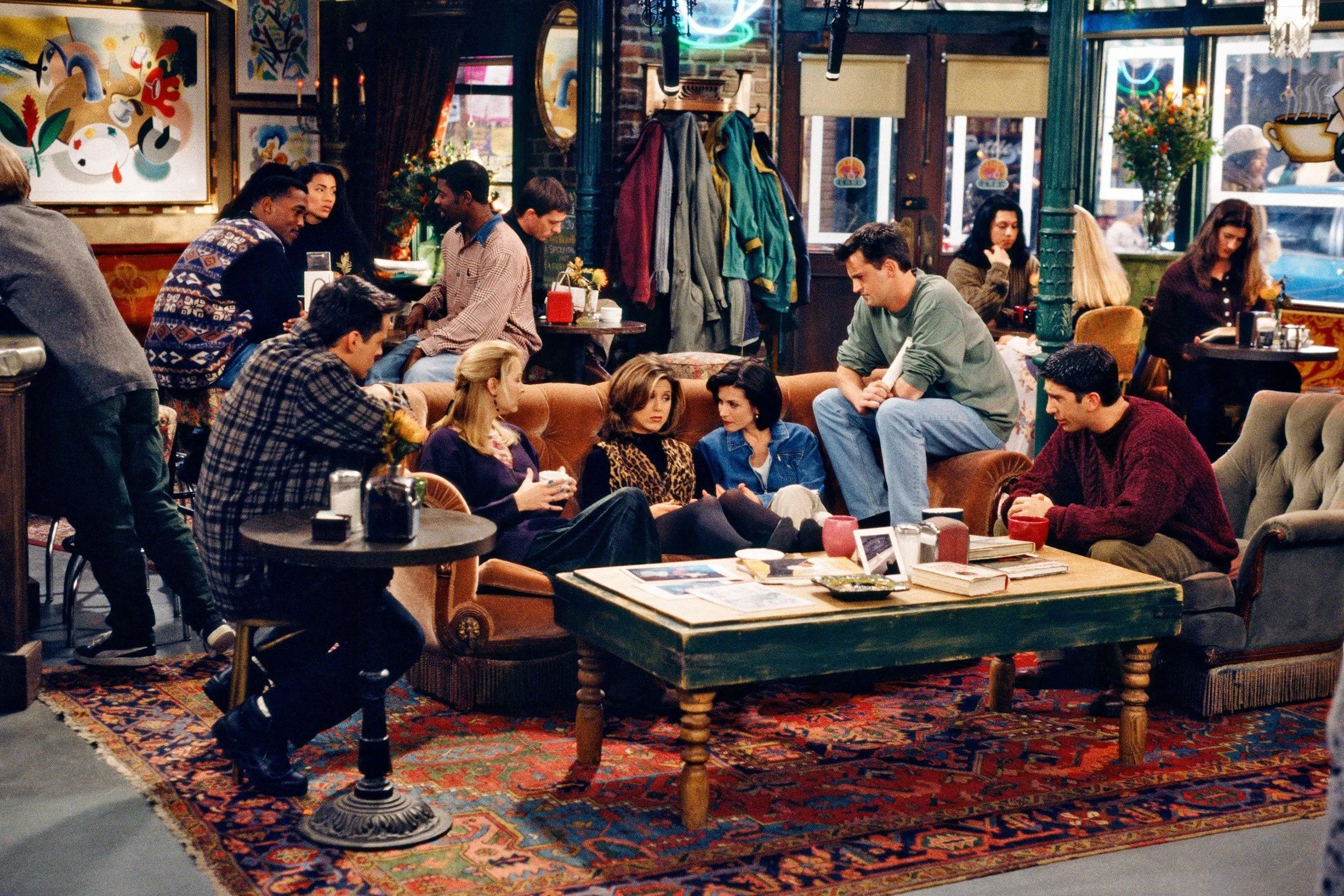A brief history of ‘Darna’ adaptations (from CNN PH Life)
A brief history of ‘Darna’ adaptations (from CNN PH Life)
Feature image courtesy CNN Philippines Life.
This article was originally published as part of the CNN Philippines Life section. Last January 31, 2024, CNN Philippines ceased all operations due to financial losses. Most articles were lost as a consequence. This is part of SINEGANG.ph’s ongoing archive effort.
Across the rich and vibrant history of Philippine komiks, Darna has always been a defining symbol of heroism. The Mighty Warrior from Planet Marte has conquered Filipino hearts after innumerable film adaptations, television runs, commercials, and even stage productions. Compared to other local komiks figures like Lastikman, Captain Barbel, and Dyesebel, none have come close to the sheer ubiquity and popularity of the red and gold-clad cultural icon.
Darna is such a household name that even the news of which actress will portray her elicits a great deal of interest. Regardless of who wears the winged helmet, the backbone of Darna’s story remains largely the same. Among her carryover story elements includes Darna’s alter ego Narda, a young Filipina who finds a mysterious stone engraved with the name of the eponymous hero. When evil forces threaten the peace, she swallows the stone and invokes Darna’s name, transforming into a strong, valiant, and otherworldly heroine destined to protect the weak and helpless.
Almost 12 years after the last television series adaptation aired, Darna returns to the small screen, with the mantle now passed on to Jane De Leon. The actress is set to don the iconic costume in an ABS-CBN show helmed by celebrated director Chito S. Roño. Alongside her in the cast is Iza Calzado as the first Darna, Joshua Garcia as Brian, Zaijan Jaranilla as Ding, and Janella Salvador as Valentina. But first, before diving into a new Darna, it’s worth exploring the colorful evolution of the Philippines’ most iconic fiction hero.
Comics Origins
Darna was first published on May 13, 1950, written by the legendary Mars Ravelo and illustrated by the great Nestor Redondo (who would later illustrate for DC and Marvel Comics). “Pilipino Komiks” #77 served as Darna’s first official issue, a crucial part of the bestselling comics- magazine at the time under Ace Publications. Though, in reality, Ravelo already had the idea for Darna before World War II , the original name for the heroine being “Varga.” Ravelo was repeatedly rejected by publication companies from the Philippines and United States throughout the ‘40s due to the notion that female superheroes don’t sell. Undeterred, Ravelo recognized the need for fresh heroes after the war and pitched the character Varga to Bulaklak Magazine, where she made her debut on July 23, 1947, in volume four, number 17.
After WWII, men dominated the collective consciousness of Filipinos, who rarely imagined women outside their roles as wives, mothers, and daughters. “The country was ruled by men,” wrote Soledad S. Reyes in her 2009 book “From Darna to Zsa Zsa Zaturnah: Desire and Fantasy.” “The uneasy peace was dominated by politicians, businessmen, and the ubiquitous American advisers.” The arrival of Darna helped shine a light at the end of the tunnel. She was a champion who overcame the devastation of societal upheaval, a breath of fresh air from the hegemonic masculinity that pervaded in society. Darna became a figure of freedom and power rather than a heroine defined by her suffering and persecution.
Contrary to popular belief, Superman, not Wonder Woman, inspired the original concept behind Varga. Ravelo’s admiration of Jerry Siegel and Joe Shuster’s Superman from Action Comics motivated him to create Superman’s female counterpart for a historically feminized country. Hence, many of Varga and Darna’s superpowers, such as superhuman strength, speed, flight, and combat skills, are similar in nature to the Man of Steel. Ravelo also drew inspiration from Captain Marvel for the unique way Narda shouts out a magical word and turns into an adult hero.
A reimagined Darna costume by designer Rajo Laurel. Image courtesy CNN Philippines Life.
Varga's initial design was influenced by a collection of illustrations by Alberto Vargas known as the "Varga Girls," which garnered enormous popularity in the US during the war as a morale booster for soldiers. The provocative pinup girl designs caught Ravelo’s attention and eventually led to the now recognizable narrow-waist figure flanked by a red two-piece with gold stars, a red helmet with a gold winged medallion, white loincloth, and red knee-high stiletto boots.
Despite the clear Western inspirations, the incorporation of Filipino iconography is still visible in plain sight. Among them is the inclusion of gold stars reminiscent of the national flag design (the original Varga costume even had a long-sleeved turtleneck with the sun and three stars). There is also the use of a magical stone as an amulet to ward off supernatural forces in reference to Philippine mythology, as well as the addition of a loincloth that harkens back to the bahag costume of native people.
Film and television adaptations
Darna’s popularity would only grow as filmmakers would reinterpret and recalibrate her image to better fit the times. A total of 14 movies starring Darna in the lead role were released from 1951 to 1994. Four live-action shows were televised in 1977, 2005, 2009, and 2022, in addition to a short-lived cartoon series in 1986. Not to mention the droves of television advertisements using Darna to promote products ranging from automobiles to medical capsules
The ‘50s to the ‘60s
The first Darna film was released in 1951, only a year removed from the mighty warrior’s debut in “Pilipino Komiks.” Rosa del Rosario, the preeminent “Queen of Philippine Movies” at the time, was chosen to play the original Darna not just for her stardom but also due to her striking resemblance to Nestor Redondo’s illustrations. Renowned actor Fernando Poe Sr. directed the first movie entitled Darna. Acclaimed director Carlos Vander Tolosa directed the second movie, Darna at ang Babaing Lawin, a year later.
Three more actresses would go on to play Darna in the ‘60s: Liza Moreno in Si Darna at ang Impakta (1963) and Isputnik vs. Darna (1964), Eva Montes in Darna at ang Babaing Tuod (1965), and Gina Pareño in Darna at ang Planetman (1969). Moreno got her big break as Darna eleven years after del Rosario’s last film and was the first to play the dual role of Narda and Darna. In her second film, she would face off against Nida Blanca’s Isputnik. A year later, Montes had the privilege of starring in the first full-color Darna film, which was then followed by Pareño’s, but this time, the actress wore a light blue two-piece with a red star, the first one of its kind.
Martial law years
The '70s witnessed the greatest number of Darna iterations and perhaps the most well-known Darna portrayal ever. Vilma Santos donned the costume four times in Lipad, Darna, Lipad! (1973), Darna and the Giants (1974), Darna vs. The Planet Women (1975), and Darna and Ding (1980). Two more Darna films released in this era: Bira, Darna, Bira! (1979) starring an 18-year-old Rio Locsin and Darna Kuno? (1979), a parody film starring Dolphy as Darna alongside Brenda del Rio and Lotis Key. The first Darna television series premiered on KBS 9 in 1977, with 14-year-old Lorna Tolentino in the lead role.
In her study “Darna Movies in the Time of Martial Law: National Trauma and Historical Memory,” Cherish Aileen A. Brillon expounded on how the Vilma Santos Darna films can be evaluated through the larger historical experience. She notes how Giants’ villain, X3X, conveys the “violence, fear, and the resulting trauma from living in an authoritarian society.” Similarly, Planets shows “the role of an authoritarian state in controlling memory and disciplining women’s labor and reproductive capacity.” In the thick of it all is Darna, a female fighter who personified the collective struggle for freedom from fascist rule during a period of unrest in which nationalist movements saw an uptick in women's involvement.
The ‘90s to the ‘2000s
In the years following the EDSA revolution, two films from legendary directors would end up boosting Darna’s fame — and sex symbol status — in Filipino pop culture: Joel Lamangan’s Darna (1991) and Peque Gallaga and Lore Reyes’ Darna: Ang Pagbabalik (Darna: The Return) (1994).
A 1991 Manila Standard review called Lamangan's film a "well-directed fantasy film with [a] down-to-earth story" and noted how Nanette Medved's Darna looked better than Linda Carter's Wonder Woman. Anjanette Abayari, the 1994 Darna, was already tied to the heroine before being officially cast. Appearing as a model in the 1993 Toyota Tamaraw FX commercial, she flaunted just how good she already looked while dressed in costume.
Darna also became more prominent in media that didn't even have her name in the title. The Megastar Sharon Cuneta had a brief cameo as the icon in Captain Barbell (1986), starring Edu Manzano. Abayari also appeared in Ang Pagbabalik ni Pedro Penduko (1994) starring Janno Gibbs just mere months after her own film. Years later, in the 2003 adaptation of “Captain Barbell,” Darna would show up again in a dream sequence, this time featuring Regine Velasquez.
Soon, Darna flew her way into ballet productions as well. In 1997, “Pilipino Komiks” was interpreted as a ballet featuring popular Mars Ravelo comic book characters. Prima ballerina Lisa Macuja-Elizalde played Darna in an ensemble. Afterward, Christine Crame became a recognized figure after headlining the 2003 hit “Darna: The Ballet.” Both ballet productions would eventually be restaged in 2017 and 2018, respectively, with Crame reprising her role in the latter and Regine Magbitang starring in the former.
For the millennial generation, the two GMA television programs with Angel Locsin in 2005 and Marian Rivera in 2009 remain the most beloved Darna iterations. The Locsin-led series broke records in its fourth episode, which had her don the costume for the first time, netting a 52.1% rating, the highest for any GMA-7 show at that moment. Locsin is still beloved and called a “real-life Darna” for her consistent charity and relief efforts in times of crisis, from the 2009 typhoon Ondoy disaster to the COVID-19 pandemic.
In Rivera’s version, Narda was a cripple, a story element borrowed from Vilma Santos’ 1975 iteration. Even more interesting is that Darna deviates from story conventions by initially refusing the magical stone and playing the role of a reluctant hero, something never done before in the character’s history.
2022 reboot
Originally intended to be a film directed by Erik Matti, with Locsin reprising her role, the project would undergo many changes between 2015 to 2021. It was made official in 2021 that a television series with Roño directing and De Leon starring would be the final product. Liza Soberano was the first replacement for Locsin, but backed out due to health reasons.
When she accepted the role back in 2019, De Leon stated that "I can surrender all for her [Darna]. Iyong desire pati ‘yung heart ko po talaga ay nandoon po kay Darna.” On Instagram, she paid homage to the previous Darna actresses during the 2020 International Women's Day. “I respect and salute all these women (and to all the Darnas before them) who became a symbol of a strong and independent Filipina...You are all and will always be an inspiration today and onwards,” the actress said.



















